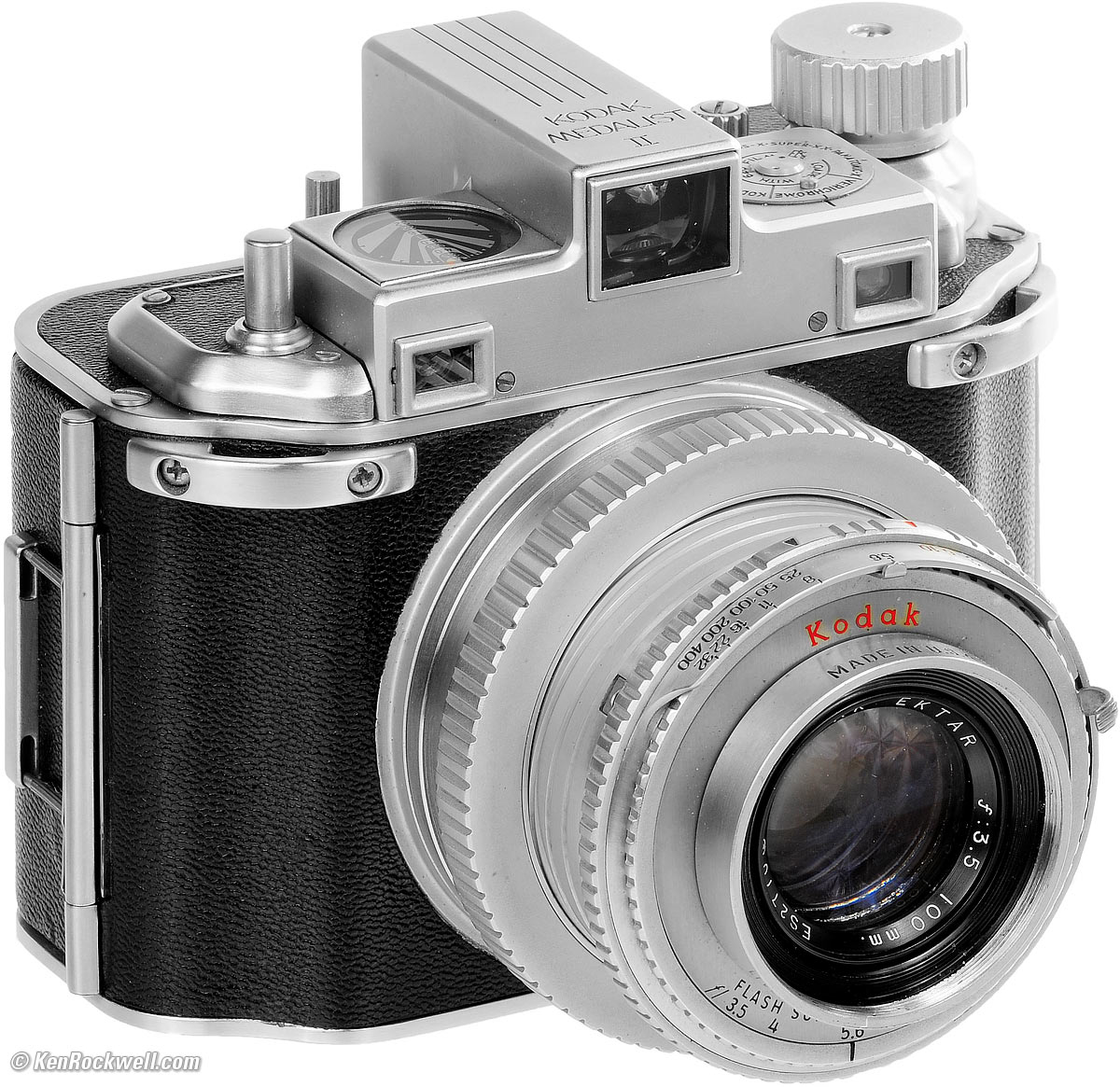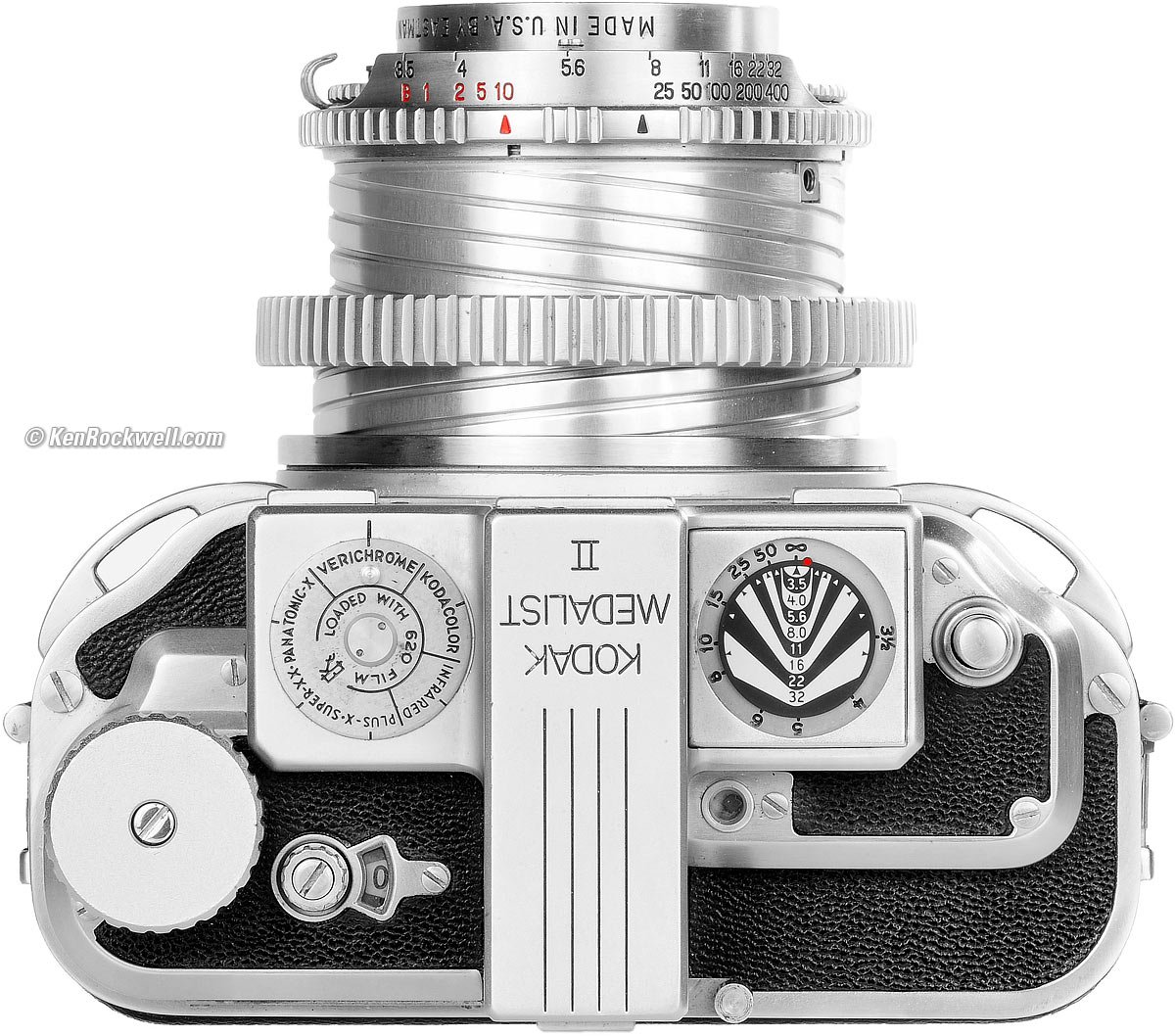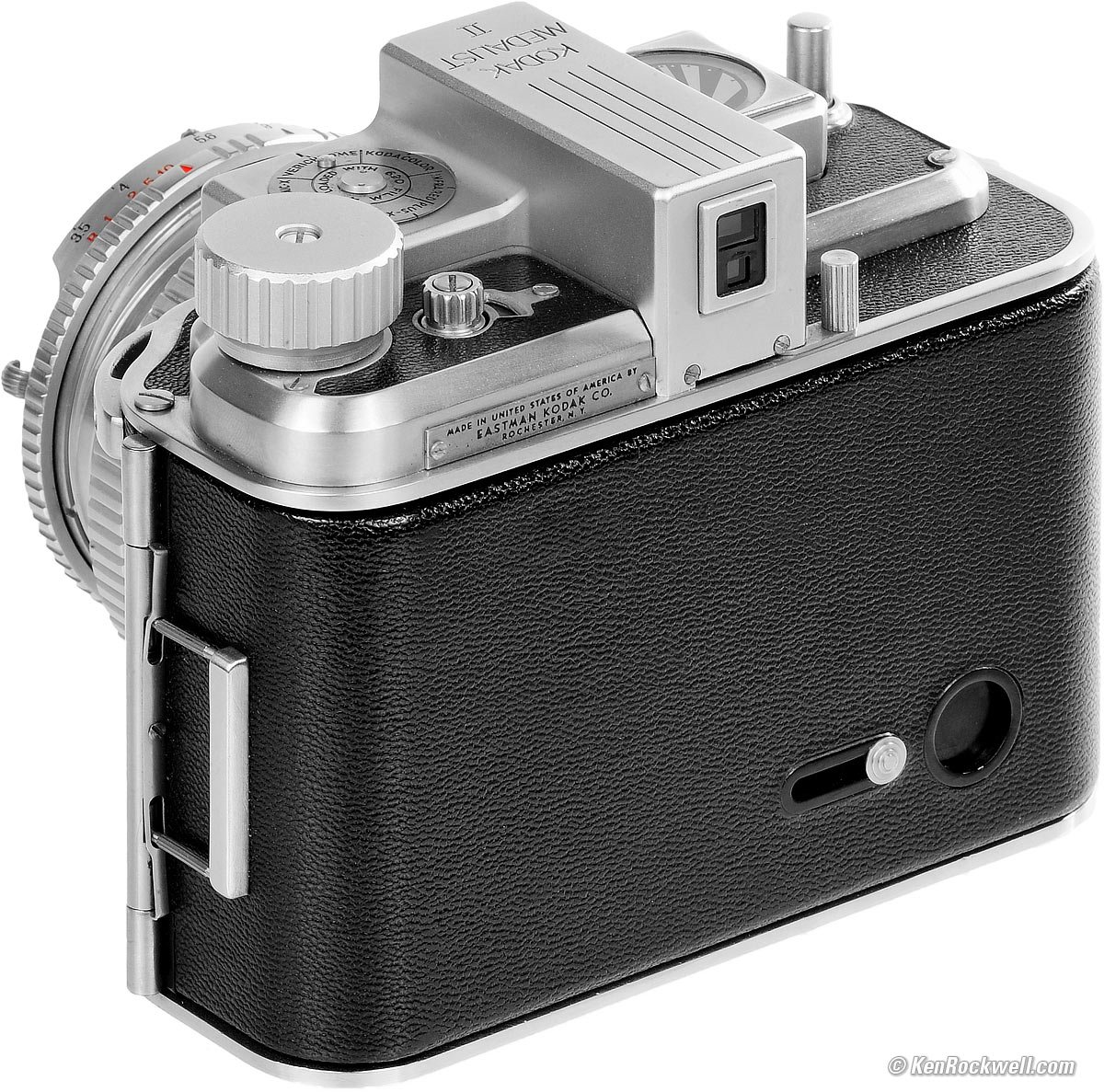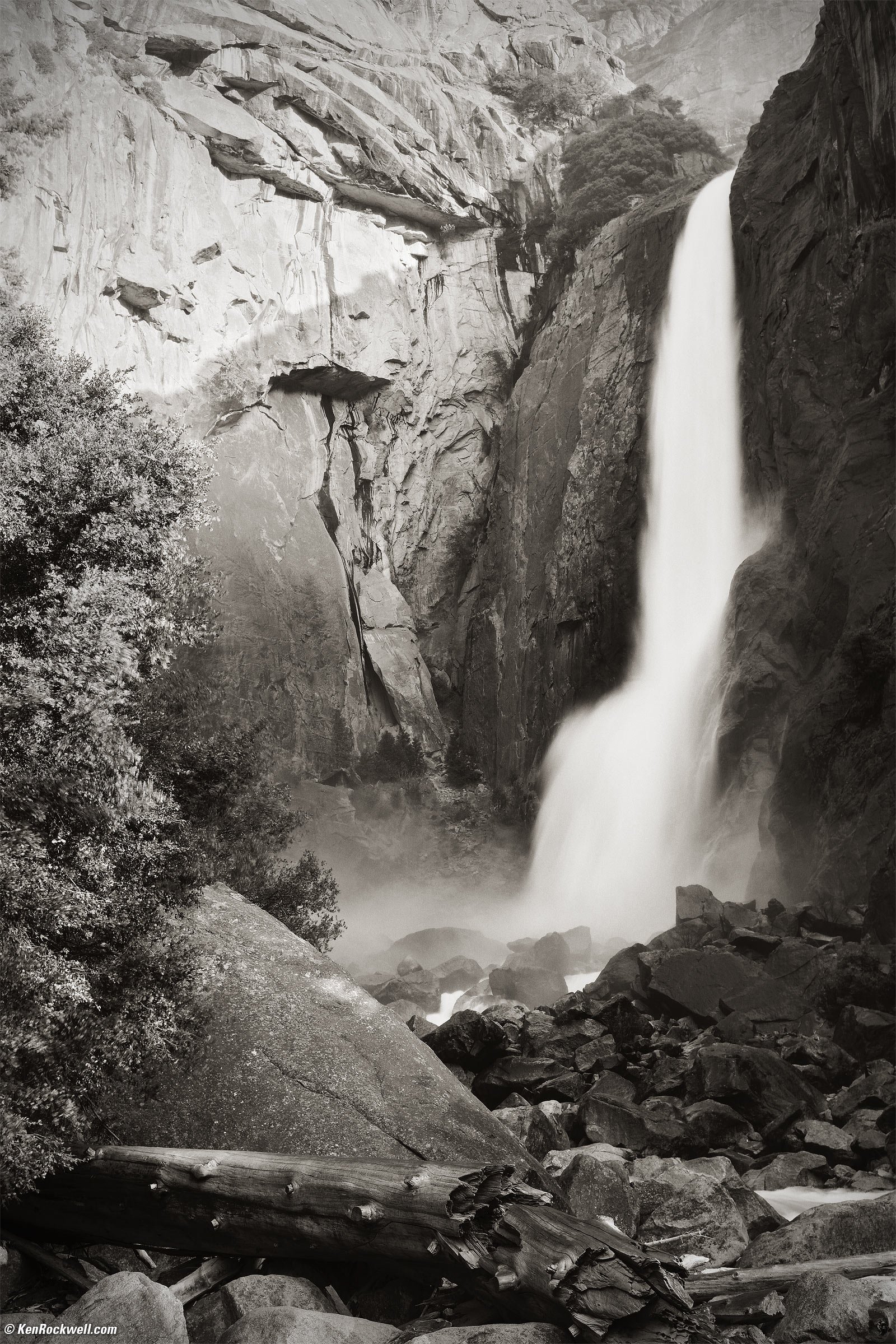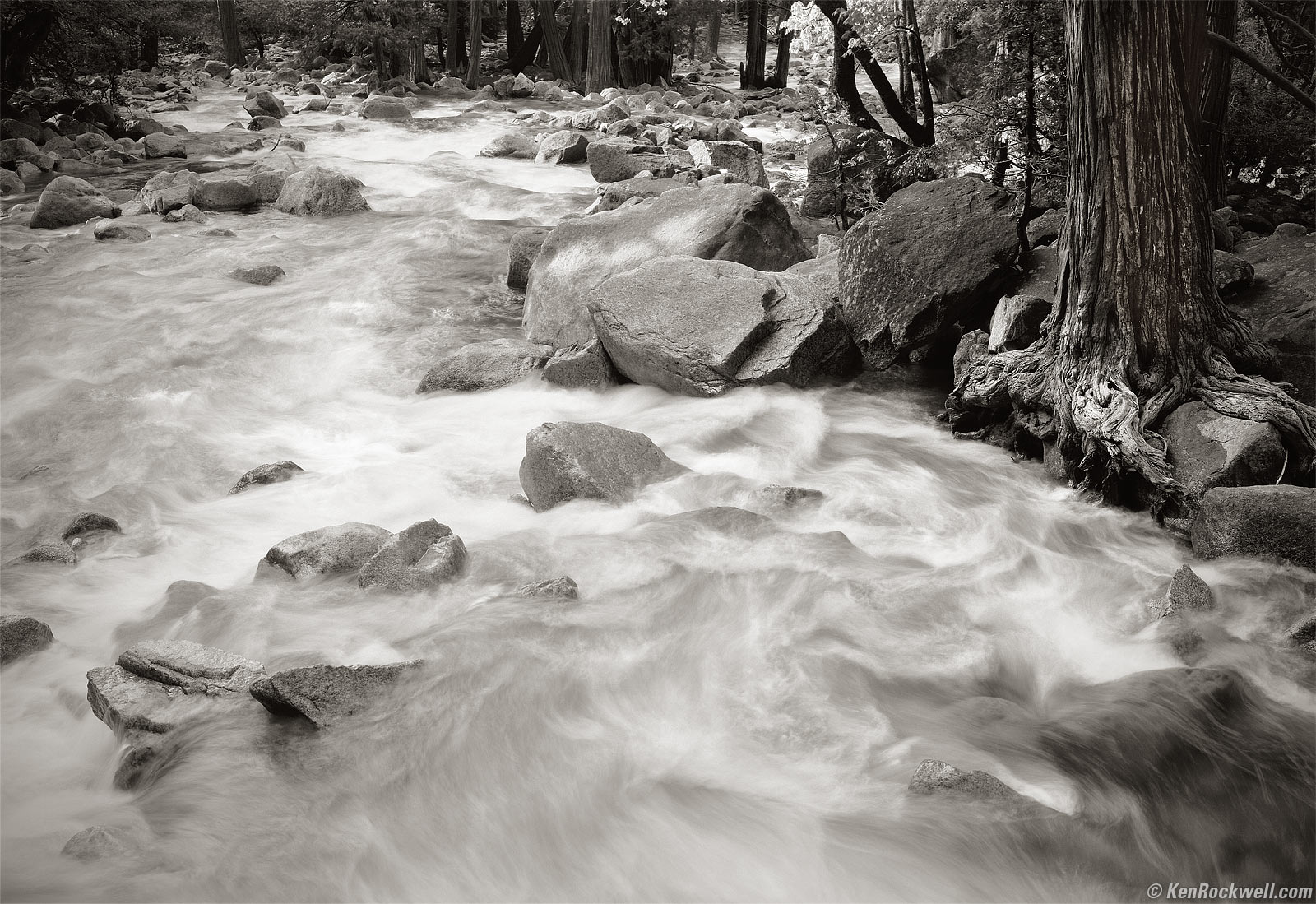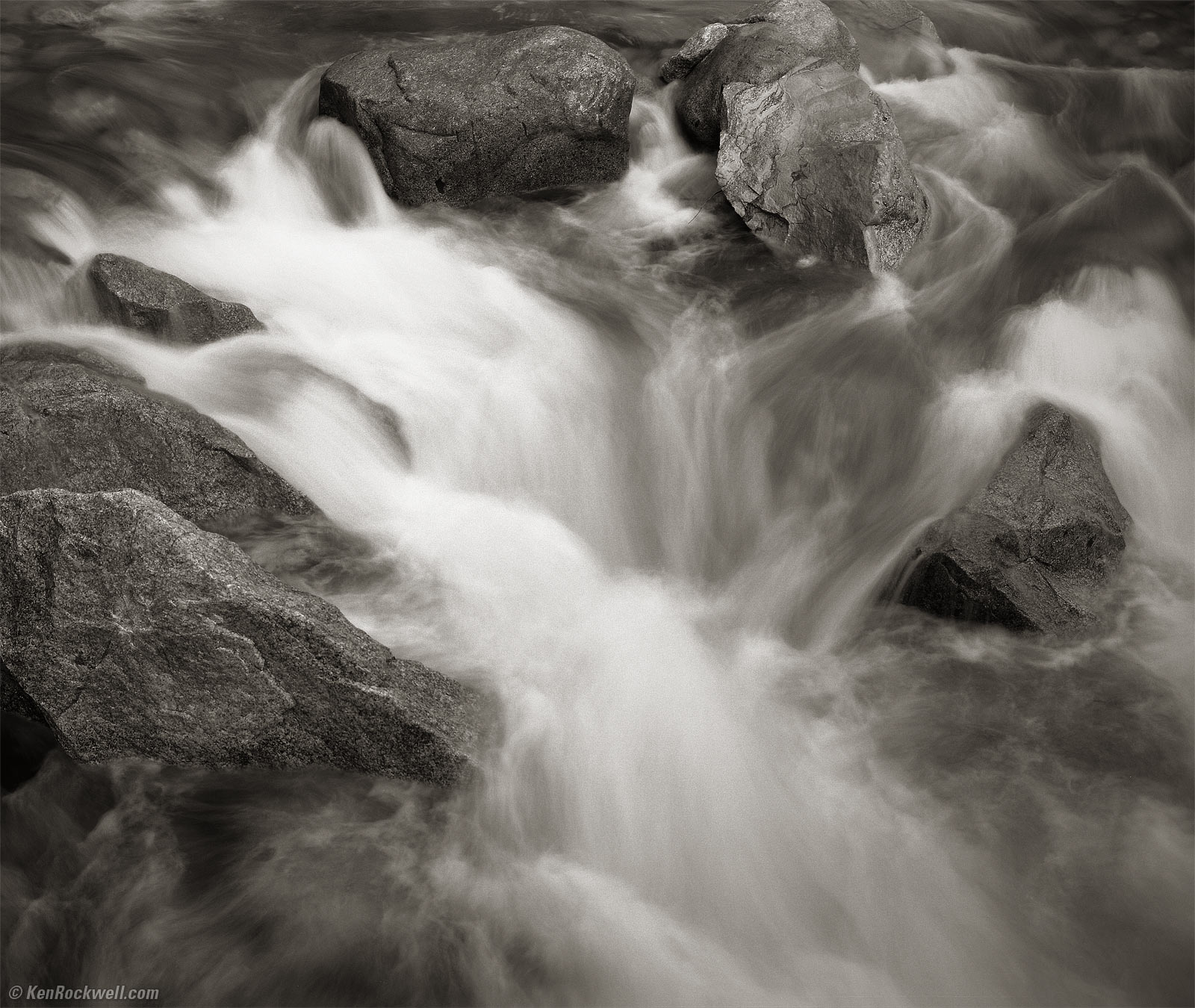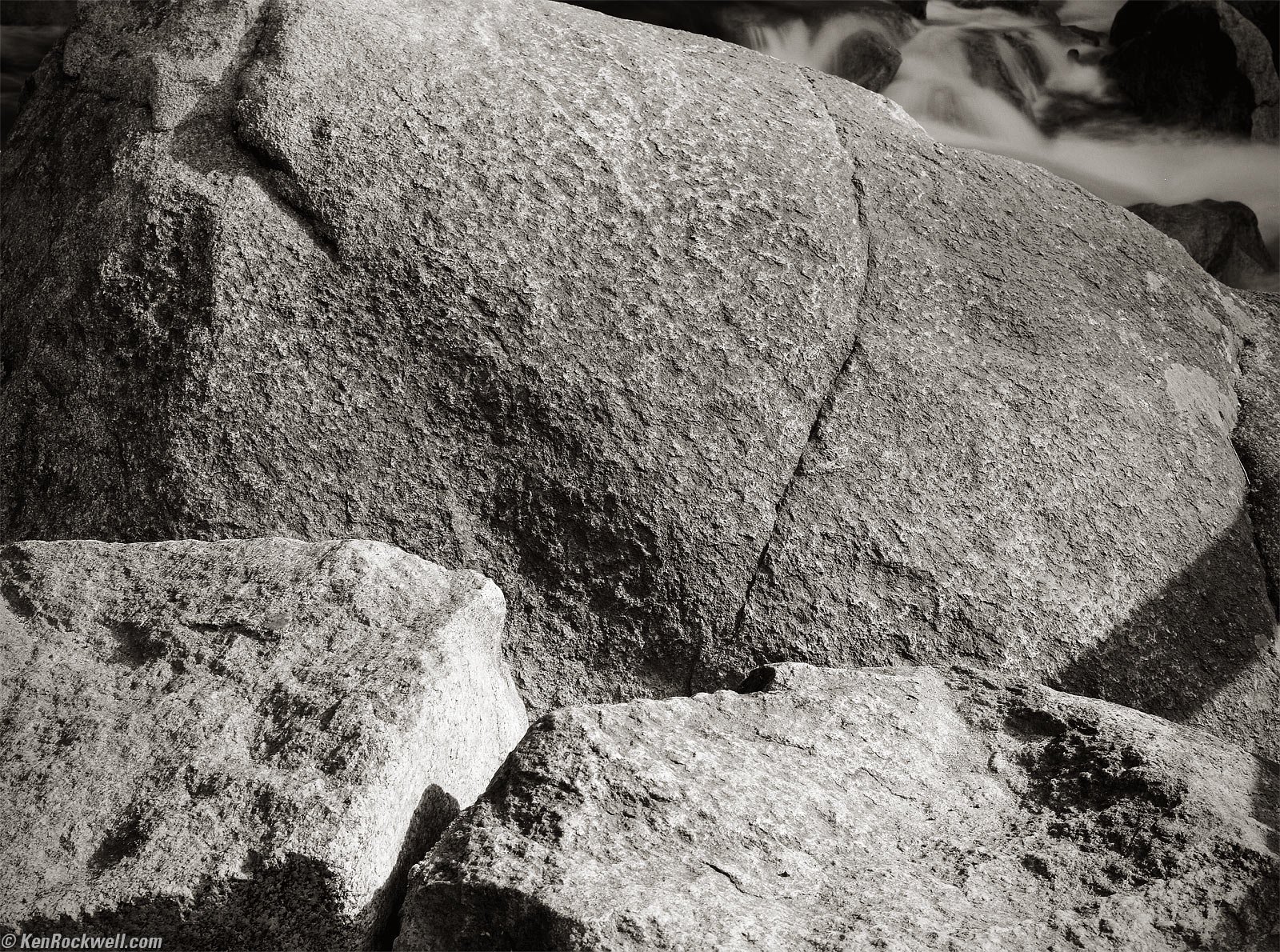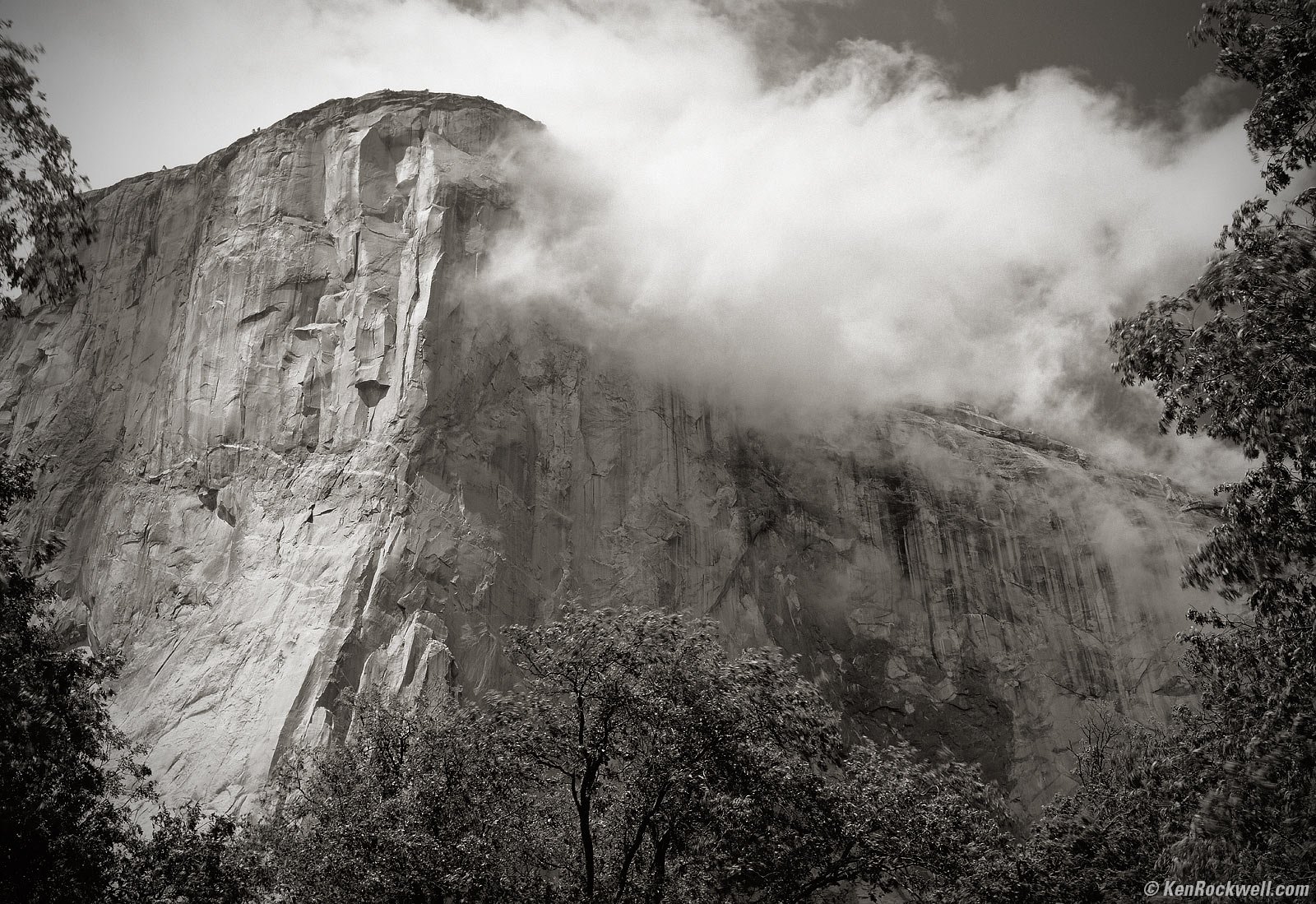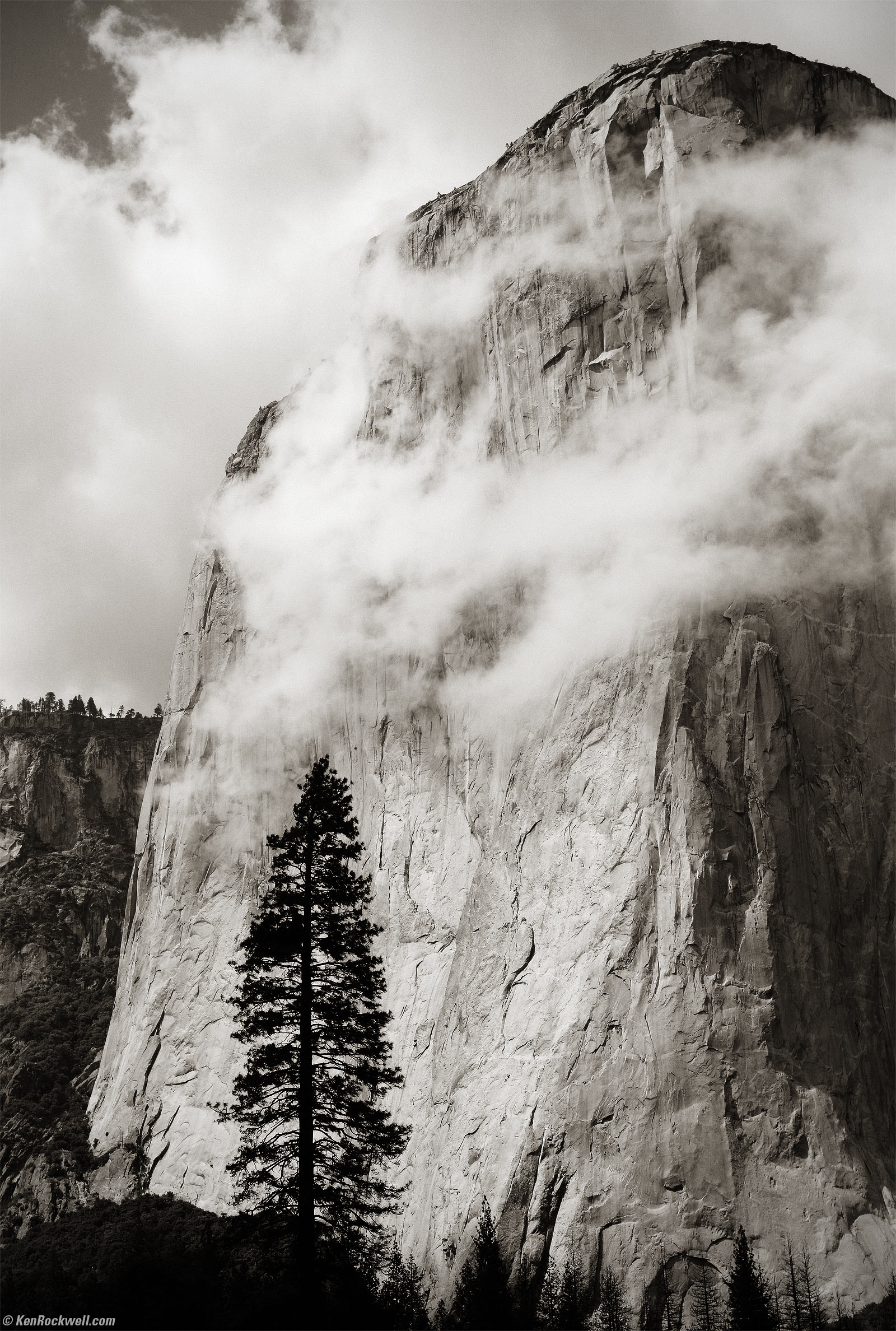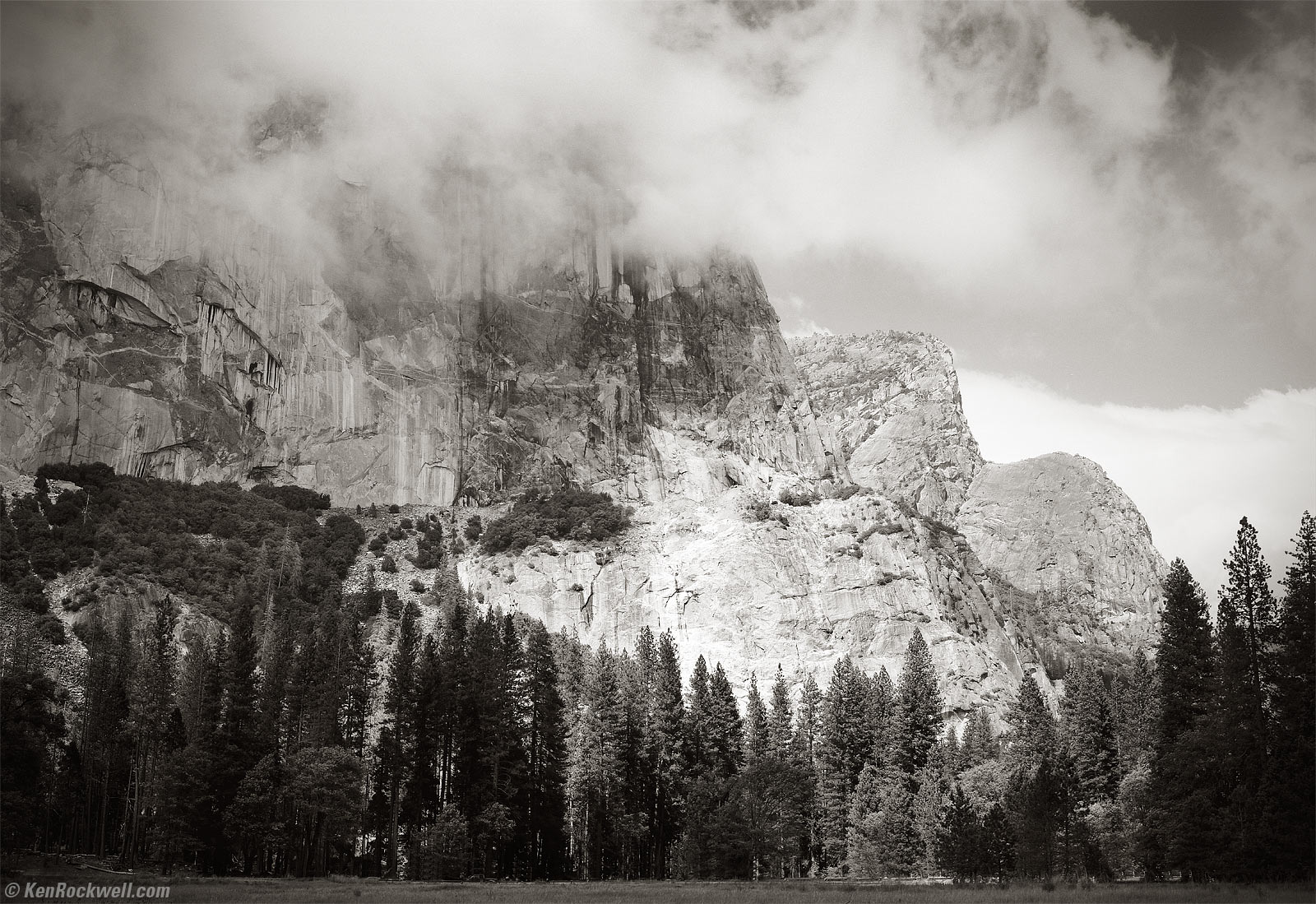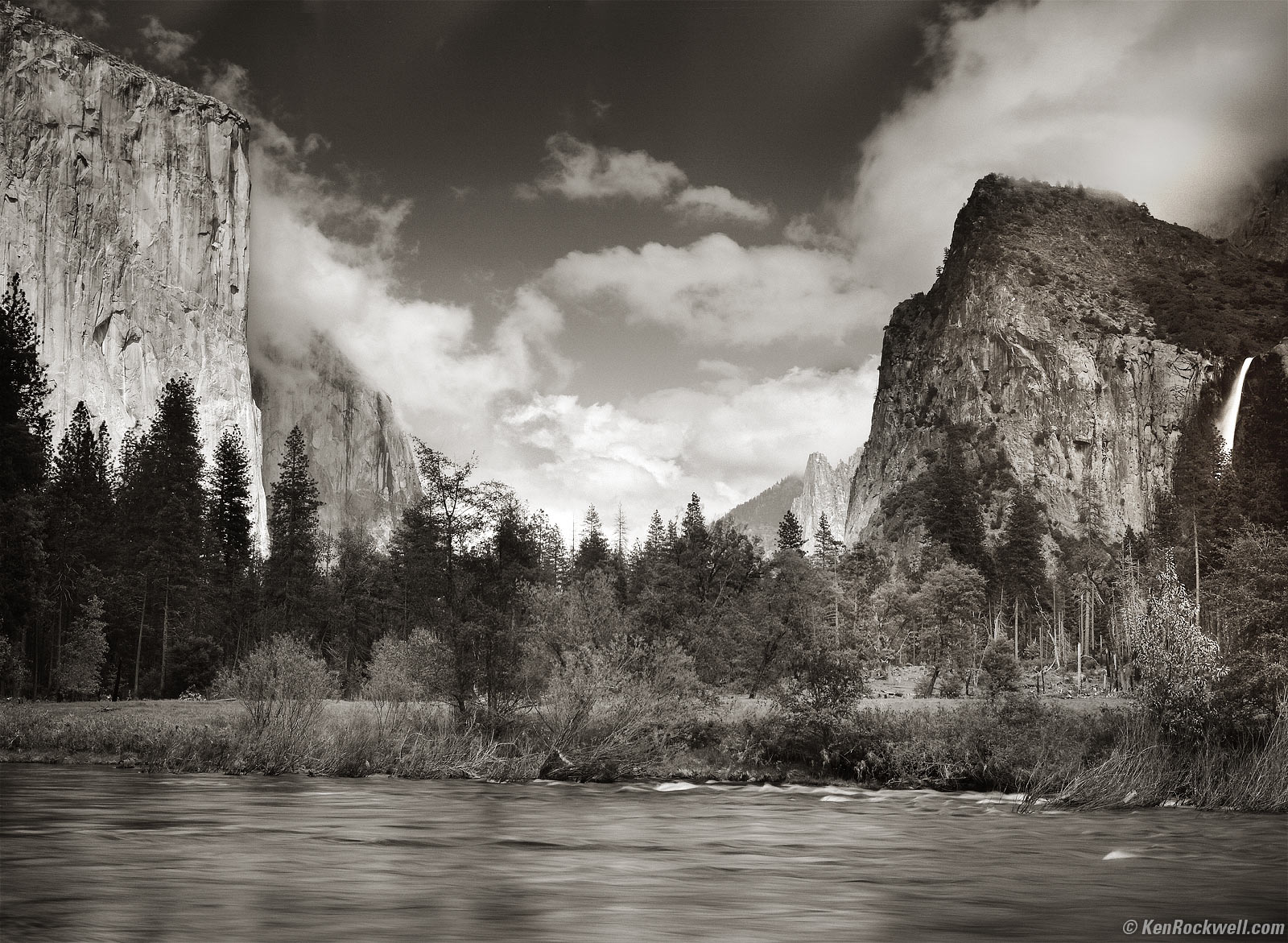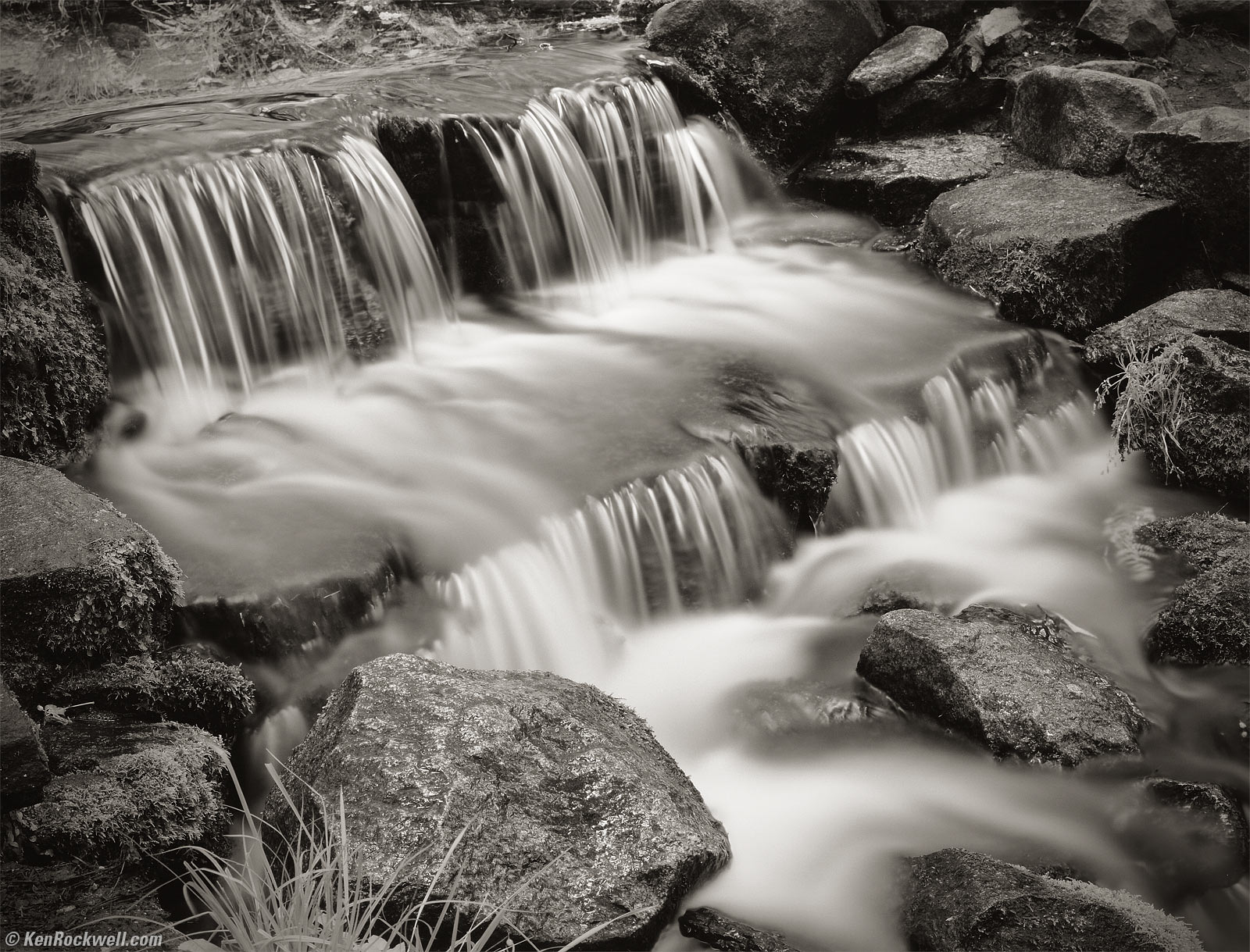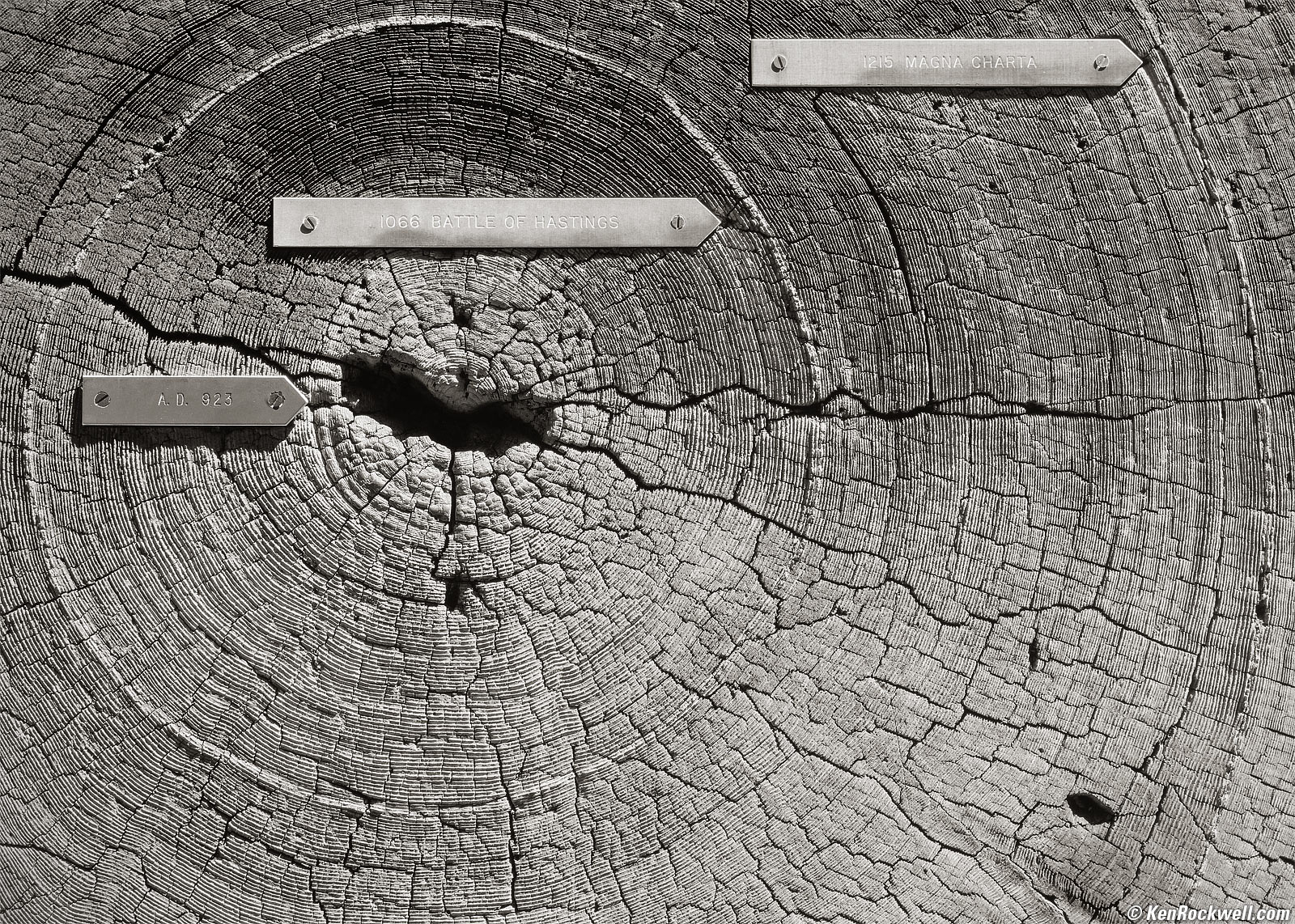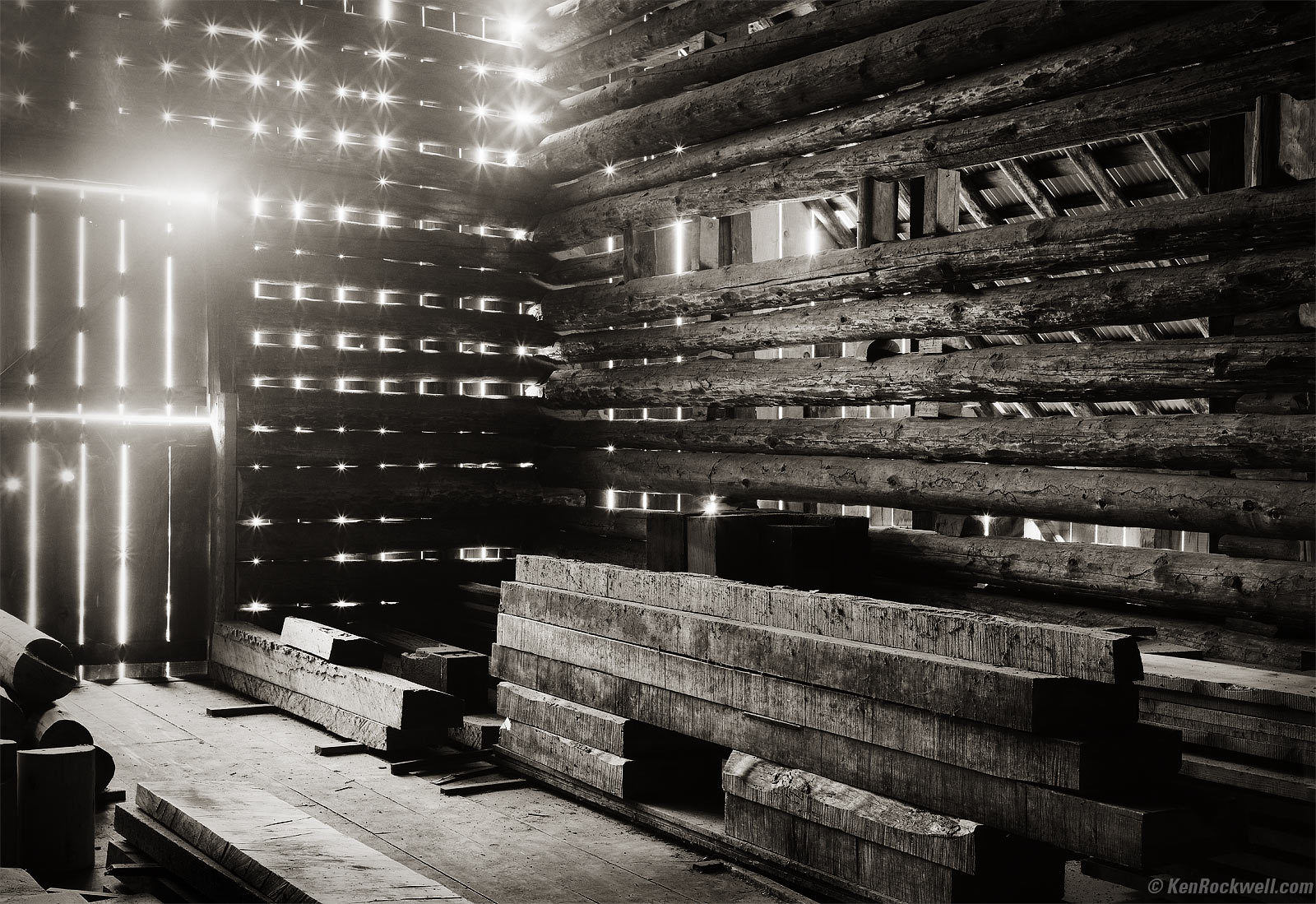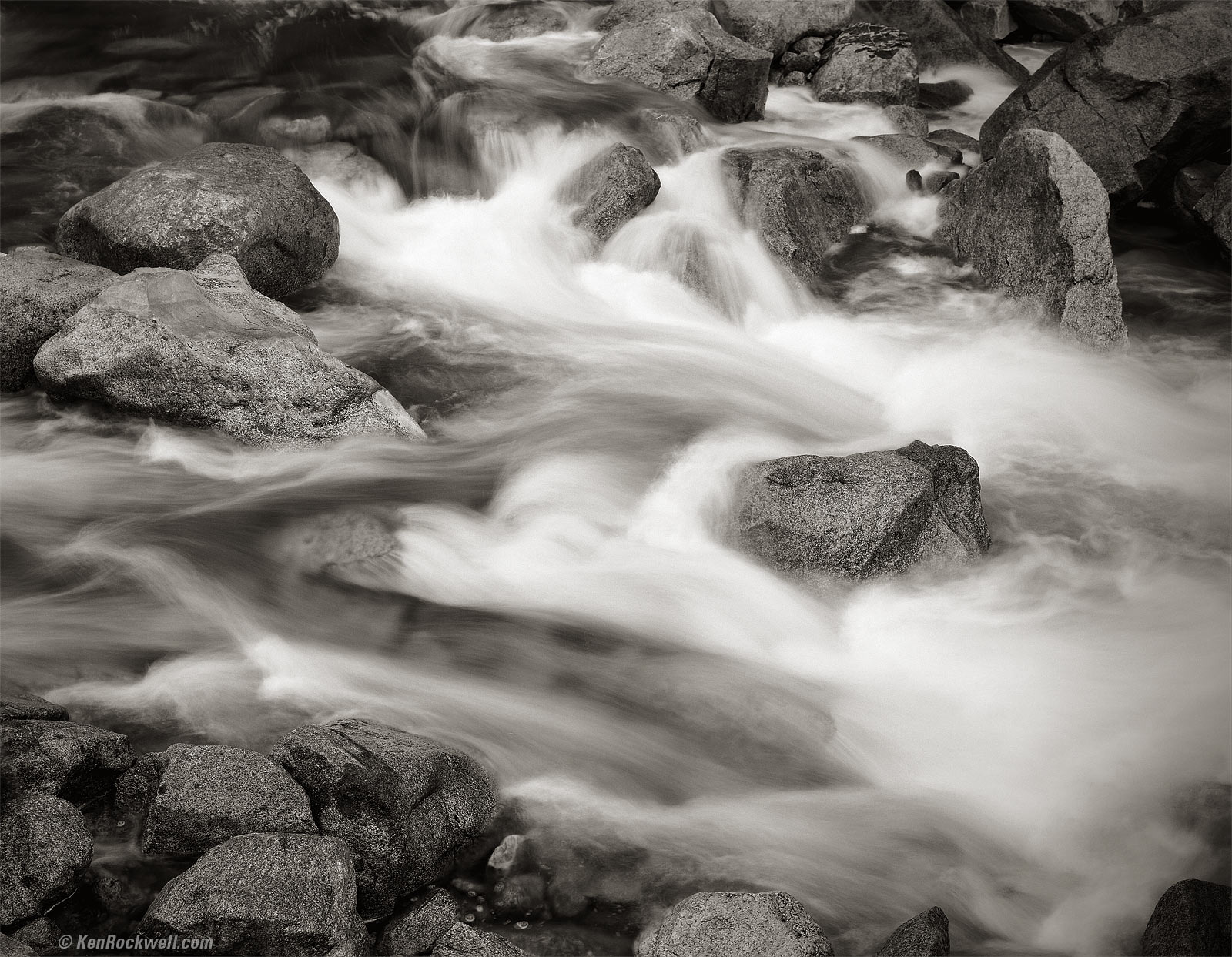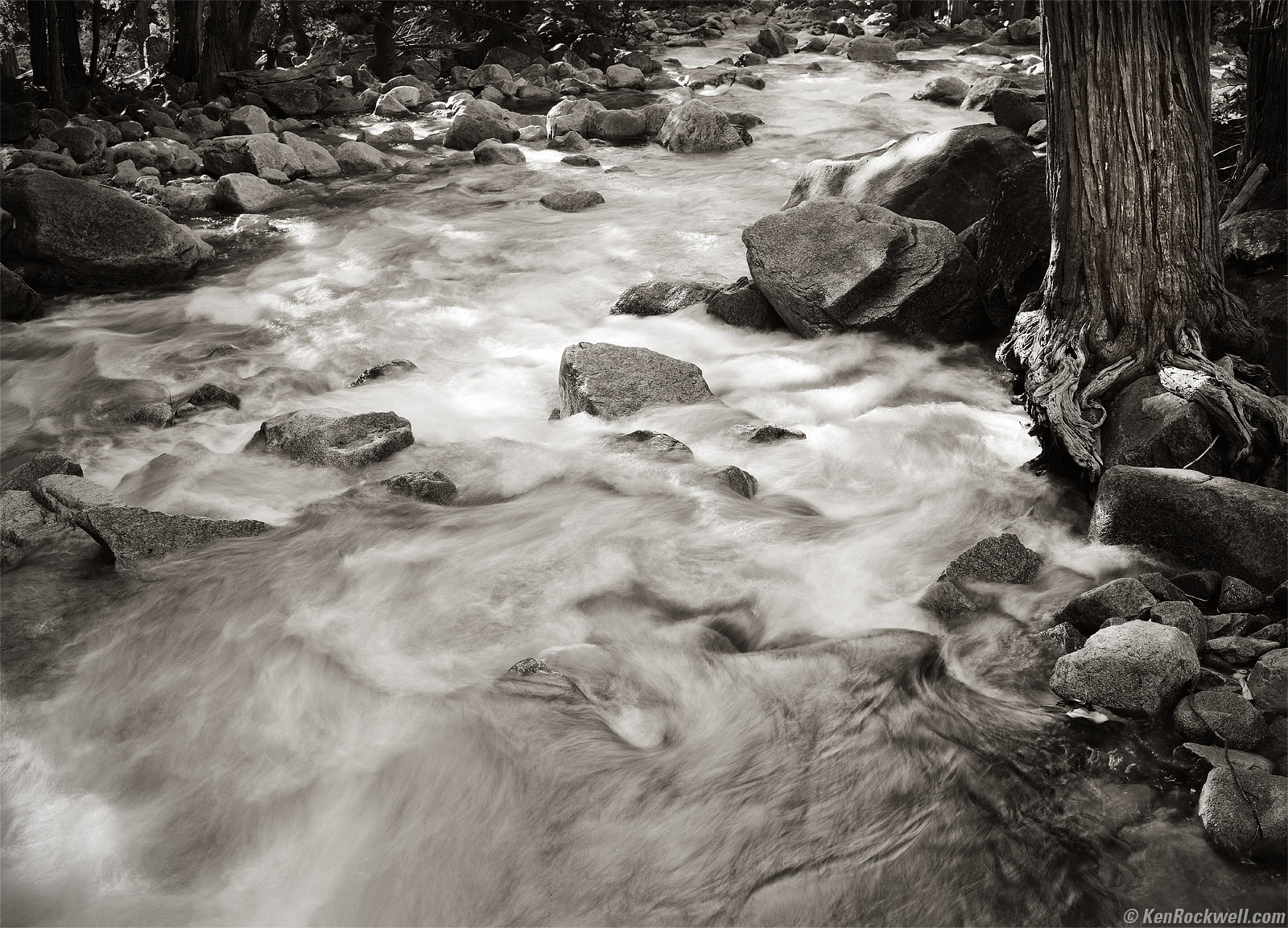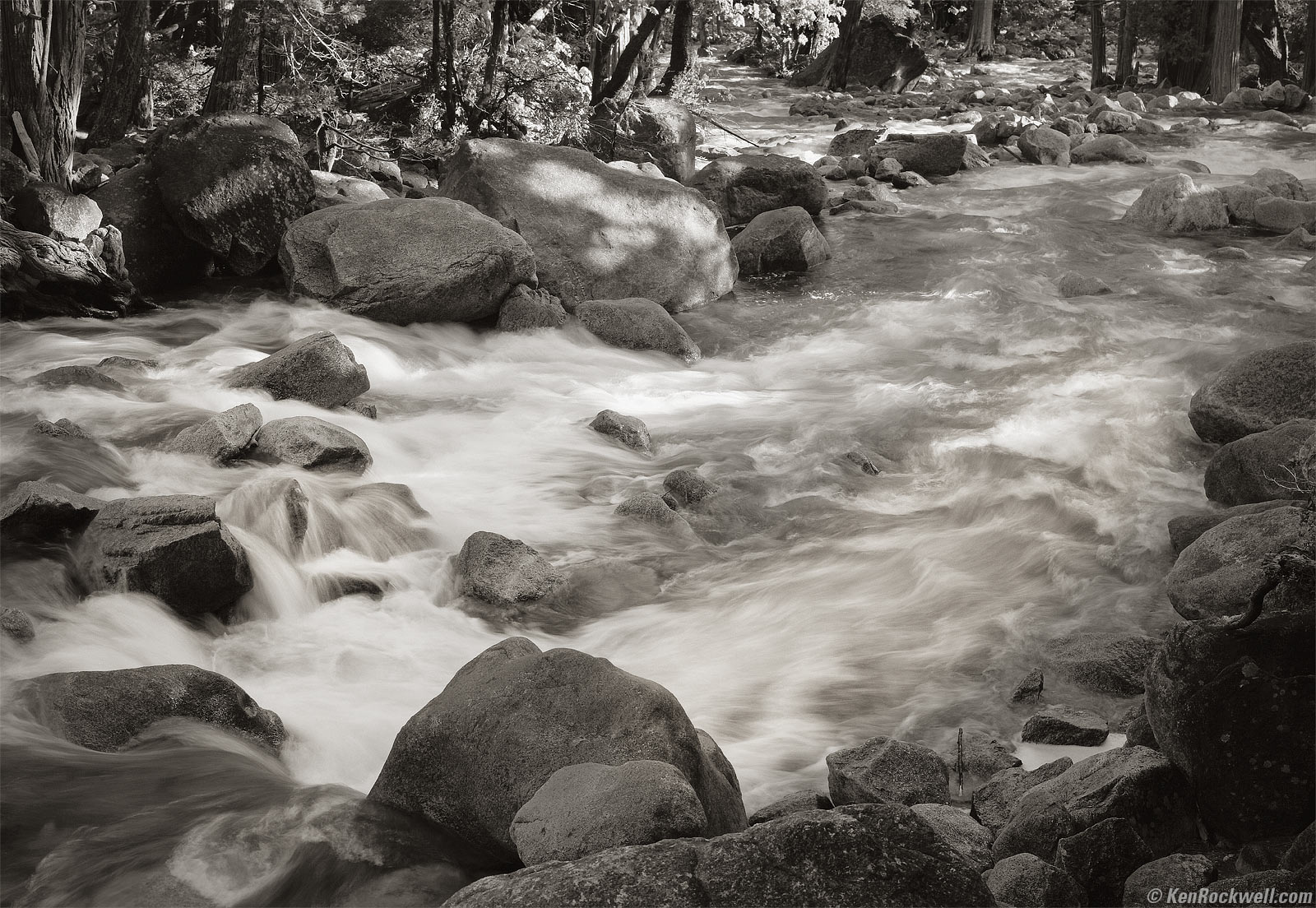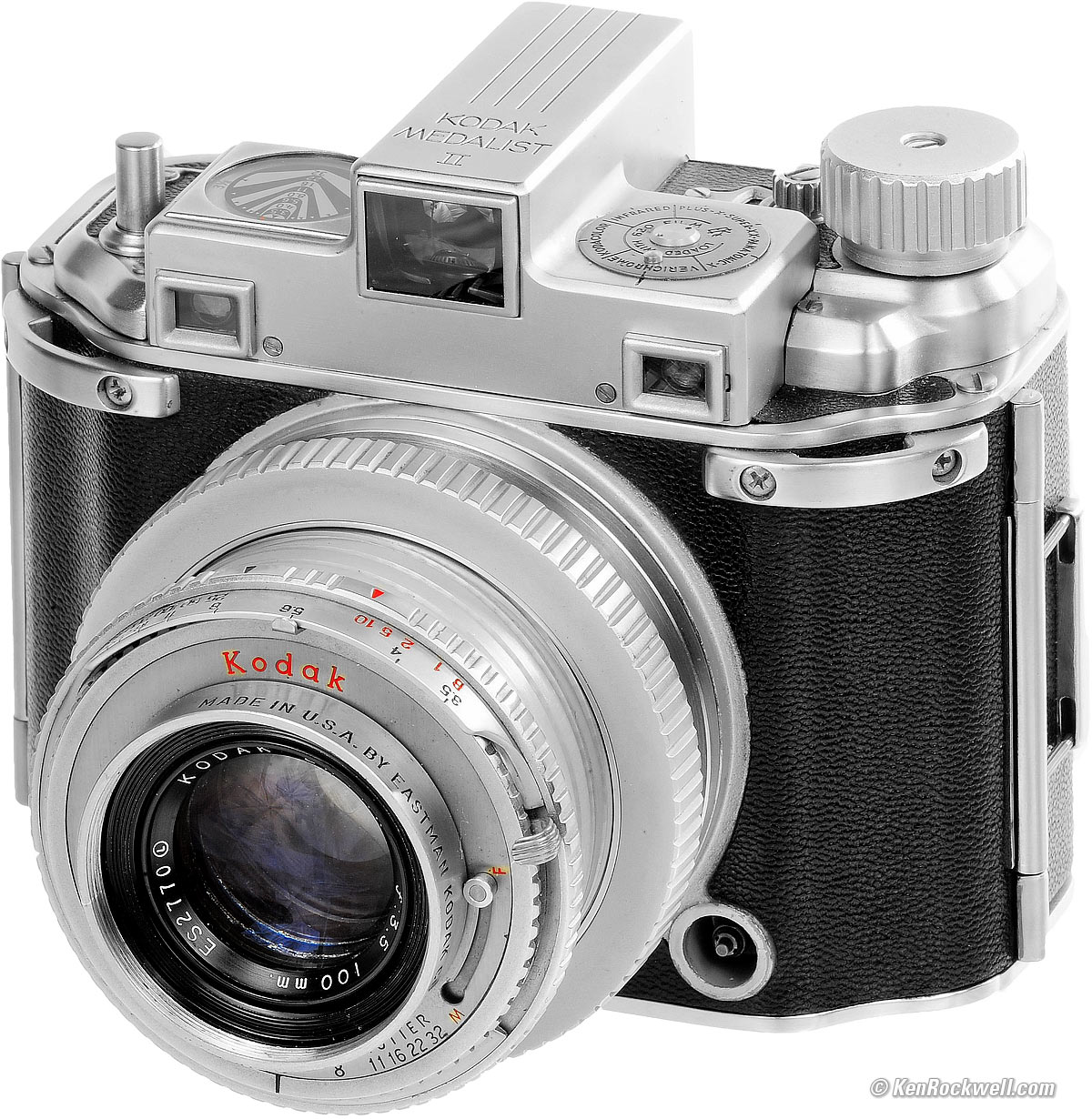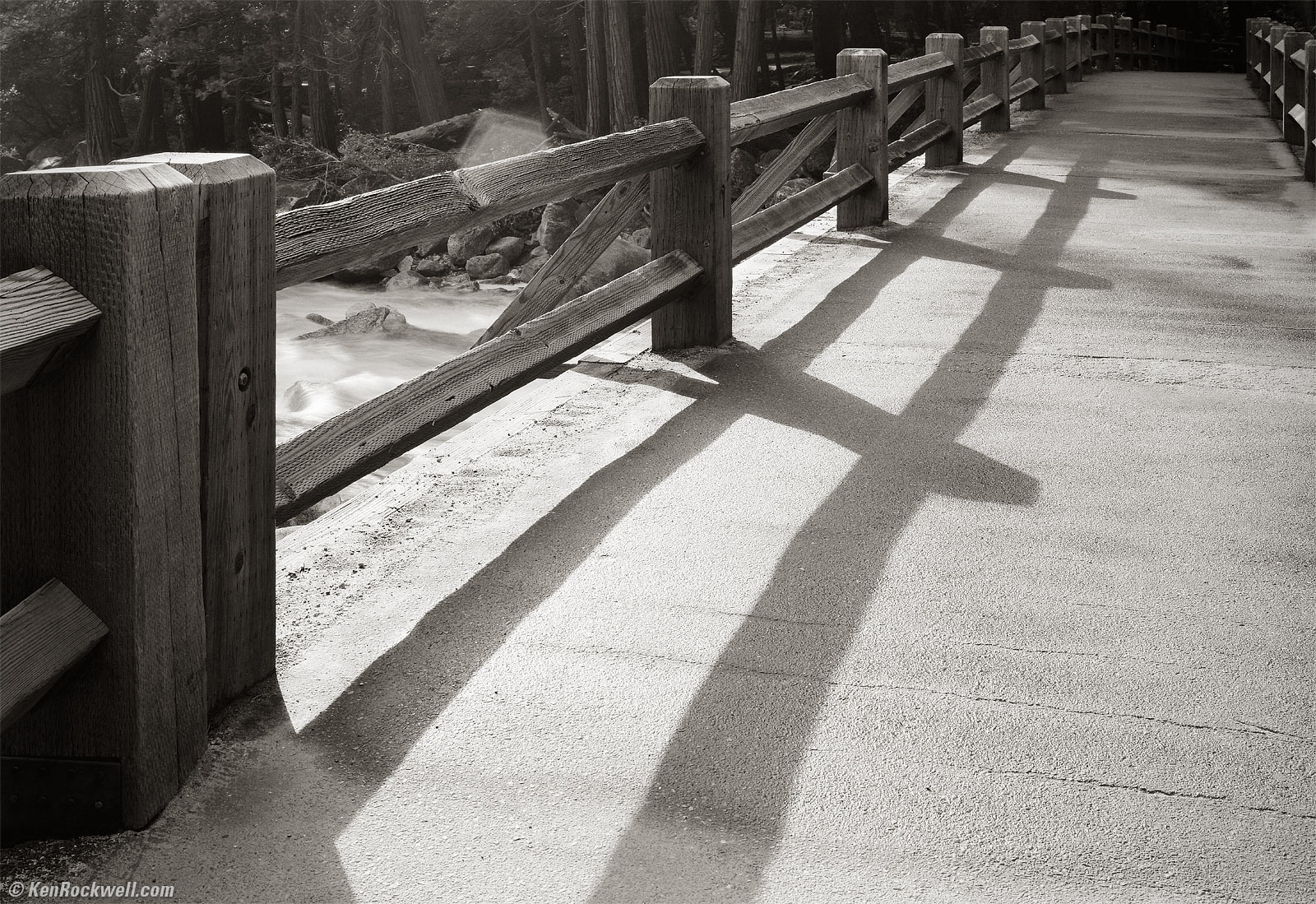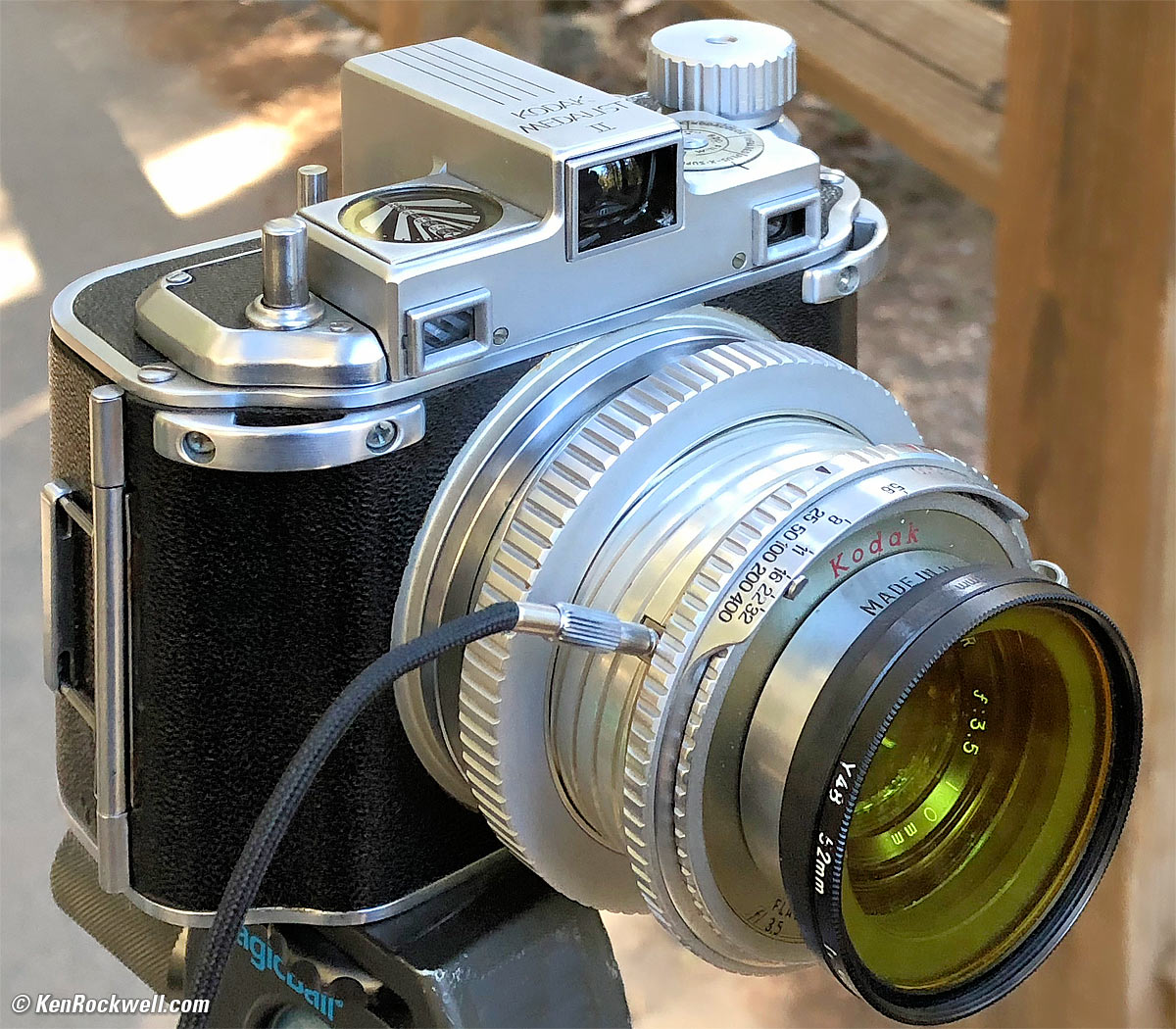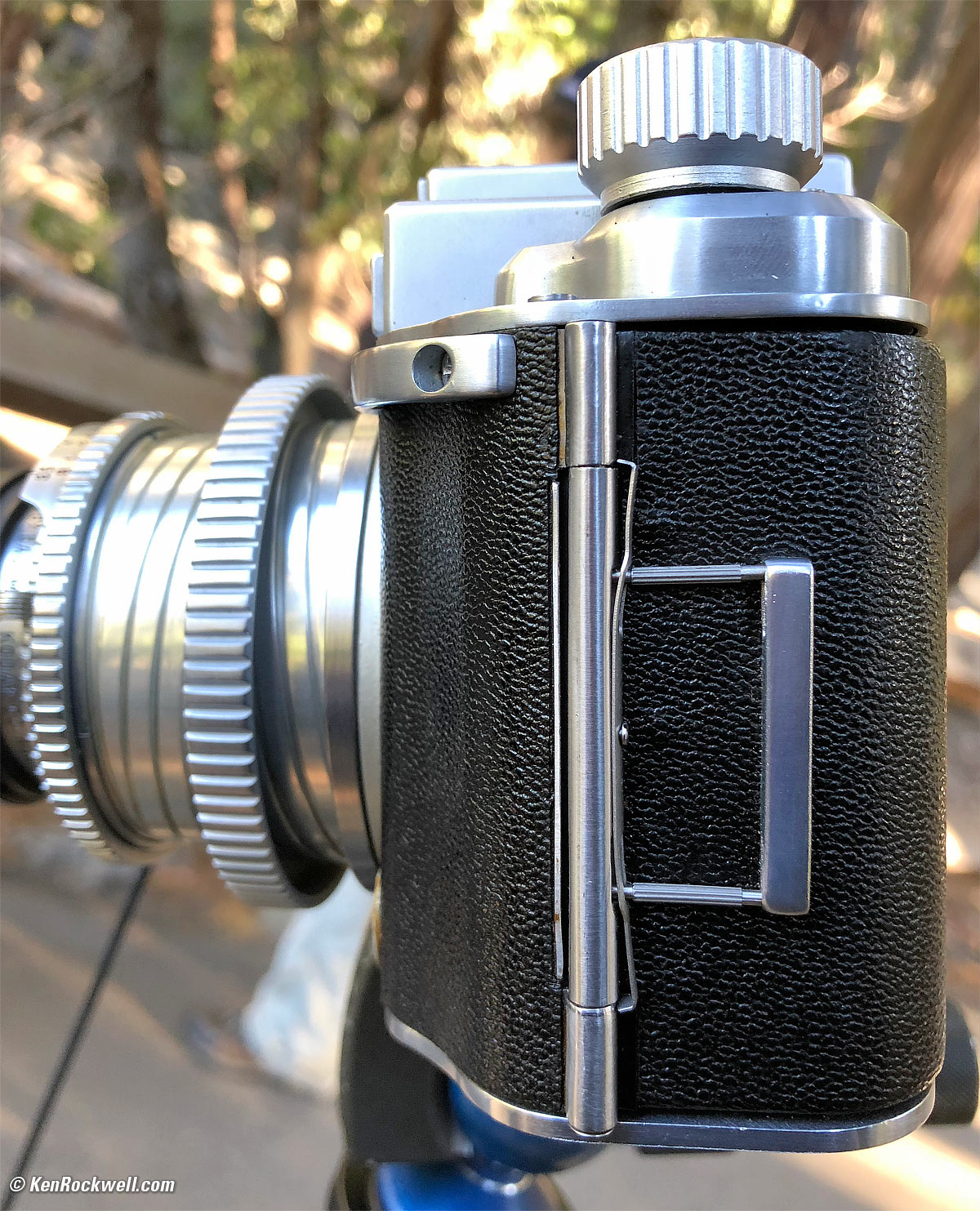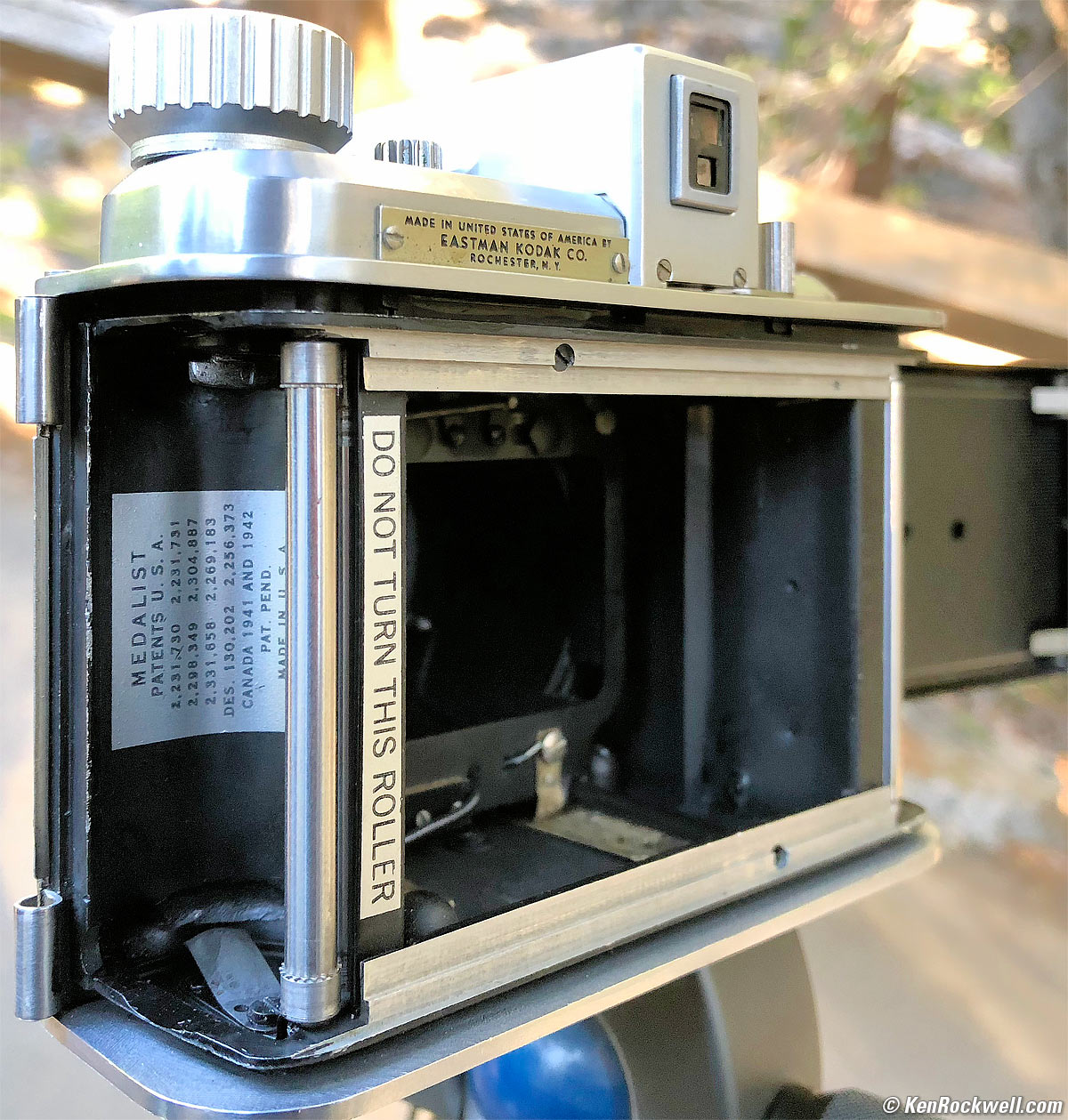Kodak Medalist II
100mm f/3.5 Kodak EKTAR lens
6 × 9cm Medium Format (1947-)
Made in the United States of America
Top Sample Images Intro Specifications
Performance Usage Recommendations
1947 Kodak Medalist II (eight 6 × 9cm exposures on each roll of 620 film (often adapted to take 120 film), Series VI filters, 46.7 oz./1,324g w/120 film, 3.5'/1.1m close focus, about $200 used if you know How to Win at eBay). bigger. I'd get it at this link directly to them at eBay.
This all-content, junk-free website's biggest source of support is when you use those or any of these links to approved sources when you get anything, regardless of the country in which you live. Buy only from the approved sources I use myself for the best prices, service, return policies and selection. Thanks for helping me help you! Ken.
Kodak Medalist II. bigger.
Kodak Medalist II. bigger.
June 2018 Kodak Canon Sony Nikon Fuji LEICA Zeiss Hasselblad all reviews
Why Fixed Lenses Take Better Pictures
Sample Images
Top Sample Images Intro Specifications
Performance Usage Recommendations
Most of these have deliberate edge-burning (vignetting) added for artistic effect.
Yosemite Falls, 16 May 2018, 7:36 A.M. Kodak Medalist II at f/16 at 1/2 at 75 feet, Nikon Y48 Yellow filter, Kodak TMX100. bigger.
What may look like lens blur is the trees blowing in this long exposure.
Yosemite Creek, 16 May 2018, 7:49 A.M. Kodak Medalist II at f/16 at 1/2, Nikon Y48 Yellow filter, Kodak TMX100. bigger.
Water Flow in Yosemite Creek, 16 May 2018, 7:52 A.M. Kodak Medalist II at f/16 at 1/2, Nikon Y48 Yellow filter, Kodak TMX100. bigger.
Granite Boulders, 16 May 2018, 7:58 A.M. Kodak Medalist II at f/32 at 1 second at 7.9 feet, Nikon Y48 Yellow filter, Kodak TMX100. bigger.
El Capitan in Clouds, 16 May 2018, 2:37 P.M. Kodak Medalist II at f/11 at 1/10 at infinity, Nikon R60 (25A) Red filter, Kodak TMX100. bigger.
What may look like lens blur is the trees blowing in this long exposure.
El Capitan in Clouds, 16 May 2018, 2:59 P.M. Kodak Medalist II at f/8●● at 1/10 at infinity, Nikon R60 (25A) Red filter, Kodak TMX100. bigger.
El Capitan in Clouds, 16 May 2018, 3:09 P.M. Kodak Medalist II at f/8●● at 1/10 at infinity, Nikon R60 (25A) Red filter, Kodak TMX100. bigger or full-resolution.
Gates of the Valley, 16 May 2018, 3:36 P.M. Kodak Medalist II at f/11 at 1 second at infinity, Hoya 52mm ND Grad (Gradual Color Gray) + Vivitar Polarizer + Nikon R60 Red (25A) filters on Kodak TMX100. Gossen Luna Pro SBC set to EI (ASA) 0.8 to compensate for all these filters (5 or 6 stops). bigger.
Fern Springs, 16 May 2018, 3:50 P.M. Kodak Medalist II at f/32 for 1 minute at 7.2 feet, 52mm Tiffen #58 Green filter, Kodak TMX100. bigger.
Growth Rings of Ancient Tree, 17 May 2018, 10:55 A.M. Kodak Medalist II at f/16● at 1/5 at 3.6 feet, Nikon Y48 Yellow filter, Kodak TMX100. bigger or full-resolution.
Inside a Scary Barn, 17 May 2018, 2:15 P.M. Kodak Medalist II with no filter at f/22 for 4½ minutes at 25 feet, Kodak TMX100. bigger or full resolution.
Water Flow in Yosemite Creek, 18 May 2018, 7:34 A.M. Kodak Medalist II at f/11 at 1/2 at 35 feet, Nikon Y48 Yellow filter, Kodak TMX100. bigger or full resolution.
Water Flow in Yosemite Creek, 18 May 2018, 7:43 A.M. Kodak Medalist II at f/11● at 1/2 at 55 feet, Nikon Y48 Yellow filter, Kodak TMX100. bigger.
Water Flow in Yosemite Creek, 18 May 2018, 7:49 A.M. Kodak Medalist II at f/16 at 1/5 at 60 feet, Nikon Y48 Yellow filter, Kodak TMX100. bigger.
Introduction
Top Sample Images Intro Specifications
Performance Usage Recommendations
|
I buy only from these approved sources. I can't vouch for ads below. |
This Kodak Medalist II is a chunky fixed-lens medium-format rangefinder camera that makes eight 6 × 9cm exposures on each roll of 620 film. 620 film was a short-lived innovation; it was the same film and backing paper as 120 film, just wound on a smaller spool. Today sane people simply have these adapted to use 120 film (I had The Great Gus convert mine), while less sane people respool 120 film on to 620 spools in a darkroom, or buy 620 film prepared this way by others.
This nominally 6 × 9cm camera's actual measured image area has over five and a half times more area than a 24 × 36mm full-frame sensor. In America we call this a 2¼ × 3¼″ camera.
The Medalist has a super-sharp 100mm f/3.5 lens and today is best used on a tripod. Of course you can hand-hold it, but why bother when iPhones take sharper pictures hand-held. This camera is best used on a tripod with smaller apertures, slow film and longer exposures where I can take advantage of the 35 megapixel scans I get from North Coast Photo. As you'll see, real-world daylight shots ore most often made at about 1/10 of a second or slower.
This is a real man's 6 × 9 cm medium format camera, not a pathetic little "medium format" digital with a worthless foreign-made 33 × 44mm sensor not much bigger than a 35mm camera's. In fact, this camera makes images with 3.28 times more area than those wimpy 33 × 44 mm digital cameras. 33 × 44 mm digital cameras have a 1.82× crop factor compared to this 100% Made-in-USA camera!
New since the original Medalist
 Fully coated ("Lumenized") lens. Only a few surfaces were coated in the original Medalist.
Fully coated ("Lumenized") lens. Only a few surfaces were coated in the original Medalist.
 Automatic F and M flash sync.
Automatic F and M flash sync.
 Buggy shutter button lock lever removed. This could jam the original Medalist if everything didn't move perfectly.
Buggy shutter button lock lever removed. This could jam the original Medalist if everything didn't move perfectly.
Good
 Super sharp lens.
Super sharp lens.
 Ultra-precise independently magnified and coupled rangefinder.
Ultra-precise independently magnified and coupled rangefinder.
 Lens retracts for carrying it you turn the focus ring beyond infinity.
Lens retracts for carrying it you turn the focus ring beyond infinity.
 Takes standard threaded cable releases.
Takes standard threaded cable releases.
 Made in the UNITED STATES OF AMERICA.
Made in the UNITED STATES OF AMERICA.
 Built like a tank.
Built like a tank.
 Big 6 × 9cm film-hungry format.
Big 6 × 9cm film-hungry format.
 Parallax-corrected finder.
Parallax-corrected finder.
 Frame advance is automatic once you advance to frame one in the red window. You can advance to frames 2, 3, 4, 5, 6, 7 and 8 by just turning the knob until it stops each time. An internal roller precisely spaces and stops the film so you don't have to look in the red window except for frame 1.
Frame advance is automatic once you advance to frame one in the red window. You can advance to frames 2, 3, 4, 5, 6, 7 and 8 by just turning the knob until it stops each time. An internal roller precisely spaces and stops the film so you don't have to look in the red window except for frame 1.
 Double-exposure prevention with second cocking lever for multiple exposures.
Double-exposure prevention with second cocking lever for multiple exposures.
 Back opens at either side, and comes off completely if you like.
Back opens at either side, and comes off completely if you like.
 No batteries ever needed.
No batteries ever needed.
 Silent, vibration-free leaf shutter.
Silent, vibration-free leaf shutter.
Bad
 Nothing; there are those who say that this is the greatest American consumer camera ever made.
Nothing; there are those who say that this is the greatest American consumer camera ever made.
Missing
 No traditional PC flash sync; it uses an older standard connector — but I doubt you're shooting this like a newsman with a flashgun, and it you are, your 1940s flash gun probably uses the same connector.
No traditional PC flash sync; it uses an older standard connector — but I doubt you're shooting this like a newsman with a flashgun, and it you are, your 1940s flash gun probably uses the same connector.
 No self timer as on the original Medalist.
No self timer as on the original Medalist.
 No fine focus knob as on the original Medalist; it wasn't needed anyway.
No fine focus knob as on the original Medalist; it wasn't needed anyway.
Kodak Medalist II. bigger.
Specifications
Top Sample Images Intro Specifications
Performance Usage Recommendations
Lens
100mm f/3.5.
5 elements in 3 groups.
Advanced design based on the classic triplet or Tessar lenses with front and rear cemented doublets and a central negative element.
Unit focus.
Fully "Lumenized," or single-coated in different shade of blue.
Autofocus
Yes; match the two image halves in the rangefinder and the lens is focused to that distance automatically.
Focus Scale
Yes.
Infinity Focus Stop
Yes.
Depth of Field Scale
Yes.
Reproduction Ratio Scale
No.
Infrared Focus Index
Yes.
Image Size
6 × 9cm nominal.
57.1 × 83.5 mm actual measured image size, focused at infinity.
4,768 square millimeters (35mm full frame is only 864 square millimeters.)
101.17 mm diagonal.
Angle of View
32º × 45º
35mm Equivalent Focal Length
This 100 mm lens sees the same angle-of-view on this camera as a 43 mm lens sees on a 35mm or full-frame camera.
Close Focus
3½ feet.
Diaphragm
5 traditional blades.
f/32 minimum aperture.
Clicks at all full stops.
Filters
Series VI held in by a retaining ring.
You can get adapter rings for other sizes; I use 52mm filters or 39mm filters may work in place of Series VI if you have a screw-in retaining ring.
Finder
Parallax corrected.
Optical reduced-image.
Dark fuzzy frame edges.
Leaf Shutter
1 ~ 1/400 seconds in the scientific (not geometric) progression: 1, 2, 5, 10, 25, 50, 100, 200 and 400 plus Bulb.
Remote Release
Standard threaded cable release.
Flash
X sync, and F and M sync for flashbulbs.
ASA bayonet flash connector. (Use an adapter for regular POC connections.)
Quality
Made in the UNITED STATES OF AMERICA.
Introduced
1947
Date Codes
The first two letters of the lens are decoded thusly:
C |
A |
M |
E |
R |
O |
S |
I |
T |
Y |
1 |
2 |
3 |
4 |
5 |
6 |
7 |
8 |
9 |
0 |
My lens serial number starts in ES, which means 1947.
Weight
46.710 oz. (1,324.3g) when loaded with 120 film, actual measured weight.
Price, USA
About $200 used if you know How to Win at eBay, June 2018.
Performance
Top Sample Images Intro Specifications
Performance Usage Recommendations
Overall Autofocus Finder Flare & Ghosts
Mechanical Quality Sharpness Sunstars
Overall
The Medalist II is super sharp and durable. With its huge 6 × 9cm format it can make superb B&W and color images with resolution and dynamic range rarely exceeded by today's best DSLRs, but only if you're an accomplished artist skilled at shooting film.
Autofocus
Focus is either by scale, or with the automatic coupled rangefinder.
The split-image rangefinder is viewed through a slightly different peephole just below the viewfinder.
The rangefinder is small and pretty much invisible in the dark.
Finder
The viewfinder is a peephole with a reduced image seen against fuzzy black edges.
It's parallax corrected.
The rangefinder is a separate window just below the viewfinder.
Flare & Ghosts
If you don't shield the lens from the direct sun you may get a couple of pentagonal ghosts:
Bridge over Yosemite Creek, 16 May 2018, 8:02 A.M. Kodak Medalist II at f/32 at 1 second at 24 feet, Nikon Y48 Yellow filter, Kodak TMX100. bigger.
Mechanical Quality
This is made as you'd expect the anything made in the United States of America in the late 1940s. It's hand-made by the world's best craftsmen who had just had a huge part in winning World War II, and we Americans haven't stopped celebrating ever since as our economy has continued to grow beyond anything the world has ever imagined.
It's all solid metal, the best and most precise alloy, brass and stainless steel imaginable that should last forever if properly cared for.
Markings are all engraved and filled with paint.
Sharpness
Top notch; I get brilliant 35 megapixel scans from North Coast Photo at the same time they develop my film.
The only limitation to picture sharpness will be your skill as a photographer.
Sunstars
With a traditional 5-bladed diaphragm, I expect it should make nice 10-pointed sunstars on brilliant points of light.
Usage
Top Sample Images Intro Specifications
Performance Usage Recommendations
Basics
See Mike Butkus' Kodak Medalist II manual for the basics of how to load and operate the camera.
The viewfinder and rangefinder are separate windows. The viewfinder is on top and the rangefinder is on the bottom of what looks like one big rear peephole.
If you use a cable release you have to press the shutter button after your exposure to unlock the camera to advance to the next frame, otherwise you'll be locked-out by the double-exposure prevention.
If hand-holding be sure to press the shutter release all the way down, otherwise you might fire the shutter but not release the double-exposure lock.
The shutter is so quiet you may not hear it open in Bulb; try not to press to hard.
Filters
Filters are mandatory for most black-and-white work. You'll get washed-out skies If you're not using filters for outdoor shooting.
If you don't have Series VI filters, they are easy to find at eBay. Be sure you have a screw-in retaining ring, also found at eBay.
Just as easily you can get adapter rings to let you use any size filter. The adapter rings screw into the lens' threads intended for the Series VI retaining ring.
Also you can try 39mm filters typically used with LEICA. They have about the same outer diameter as Series VI filters and may be able to drop-in behind the retaining ring.
Getting Great Pictures
Most people don't know How to Shoot Film or how to calibrate their film speed. In addition to all the other talents required to take a good picture, you need to be very skilled and practiced at shooting film to get the results you want.
Color
In general, color film is silly to shoot because an iPhone or other digital camera gives better color than most people will get scanning or printing from color film.
Black and White
This camera's forté is black-and-white, where its sharpness and healthy negative size let you do things you can't do in digital. As a quick primer until you calibrate your film speed, you probably need to set your light meter (I use a real Gossen Luna Pro SBC light meter, not just an app) to one or two stops more exposure than the film's rating (set ISO 25 to 50 for film rated ISO 100). If you just shoot blindly at the rated ISO you'll be underexposing, but you won't know it shooting negatives — but your images will be gray and lack contrast and you'll get dull, empty gray shadows. Until you calibrate your speeds, give a stop or two more exposure to ensure deep, vividly detailed shadows.
You have to use colored filters outdoors in nice weather. If you don't use filters, your skies will be all white and washed out with no clouds. Of course you need to add even more exposure compensation with filters, otherwise again you'll be underexposed and get weak gray shadows.
Shoot at f/11 if you don't need depth of field, and stop down as needed to f/22 or f/32 in many cases. Of course you'll need a tripod for the long exposures that result.
For the sharpest images taking both diffraction and depth-of-field into account, shoot at f/16 if the camera's depth of field indicator suggests f/4, shoot at f/22 if the depth-of-field indicator suggests anywhere from f/5.6 to f/8 and shoot at f/32 if the scale reads f/11 to f/16. This gets the sharpest possible images, not simply "good enough" as depth-of-field scales suggest.
Don't try to hand-hold this. An iPhone is far better technically for hand-held use. Today this is a bad idea for snapshots.
You can set this as a point-and-shoot. Set it to ten feet and f/16 at 1/100 and use ISO 400 film for daytime shots.
Here's my Medalist II at work in Yosemite on a tripod with a yellow filter and a cable release:
Kodak Medalist II. bigger.
The back opens from either side, or comes off completely:
Kodak Medalist II. bigger.
Kodak Medalist II. bigger.
Recommendations
Top Sample Images Intro Specifications
Performance Usage Recommendations
Especially if you can get one that's been adapted for 120 film, this is an inexpensive camera that can produce first class results.
If you have one handed to you, it's easy to get 620 film or reload your own from 120 film if you have 620 spools.
If you're going to use it a lot, have it adapted to 120 film, as I had The Great Gus do for me.
I don't know that I'd go out and buy one of these with the intent of adapting it to 120, since by the time you're done you could instead probably have bought a Hasselblad 500C/M with finder and 80/2.8 ZEISS PLANAR for not much more money, which is a far superior camera.
This all-content, junk-free website's biggest source of support is when you use those or any of these links to approved sources when you get anything, regardless of the country in which you live. I use the stores I do because they ship from secure remote warehouses where no one gets to touch your new camera before you do. Buy only from the approved sources I use myself for the best prices, service, return policies and selection.
Thanks for helping me help you!
Ken, Mrs. Rockwell, Ryan and Katie.
© Ken Rockwell. All rights reserved. Tous droits réservés. Alle Rechte vorbehalten.
Help Me Help You
I support my growing family through this website, as crazy as it might seem.
The biggest help is when you use any of these links when you get anything. It costs you nothing, and is this site's, and thus my family's, biggest source of support. These places always have the best prices and service, which is why I've used them since before this website existed. I recommend them all personally.
If you find this page as helpful as a book you might have had to buy or a workshop you may have had to take, feel free to help me continue helping everyone.
If you've gotten your gear through one of my links or helped otherwise, you're family. It's great people like you who allow me to keep adding to this site full-time. Thanks!
If you haven't helped yet, please do, and consider helping me with a gift of $5.00.
As this page is copyrighted and formally registered, it is unlawful to make copies, especially in the form of printouts for personal use. If you wish to make a printout for personal use, you are granted one-time permission only if you PayPal me $5.00 per printout or part thereof. Thank you!
Thanks for reading!
Mr. & Mrs. Ken Rockwell, Ryan and Katie.
